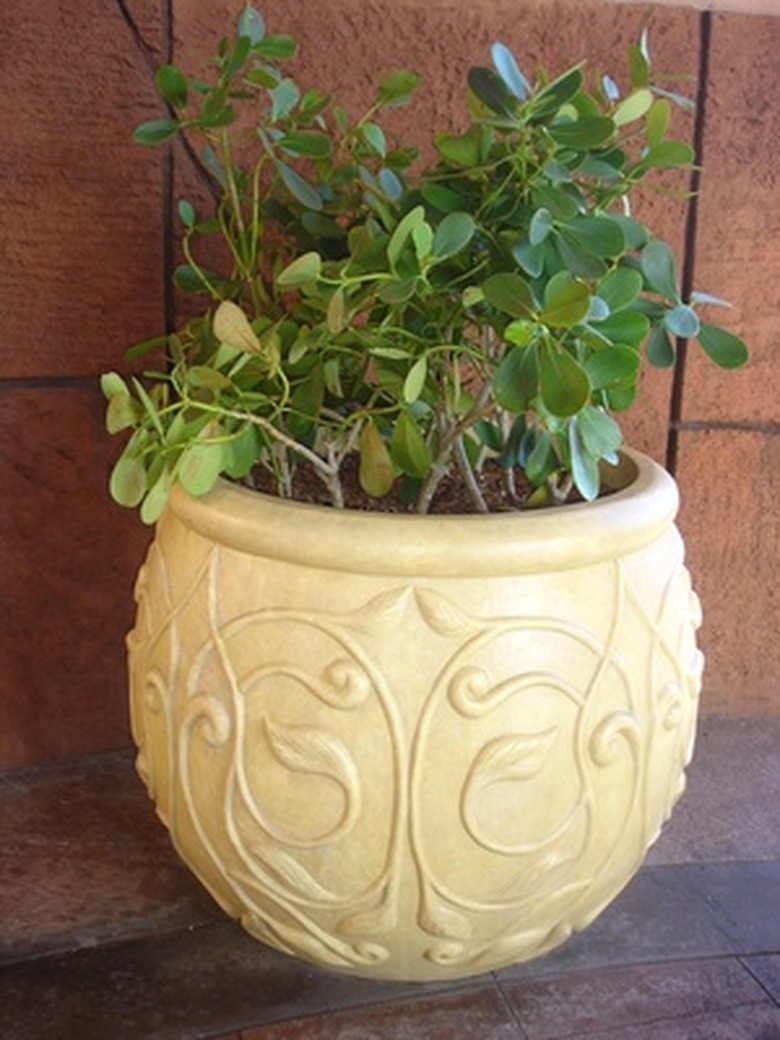What Are The Causes Of Black Tips On Leaves On Indoor Plants?
Trying to discern indoor plant maladies can be a challenge, especially when it comes to discolored leaves. Sometimes the problem is environmental, sometimes not. Preventive care is usually your best bet when it comes to damaged foliage. A number of factors can cause black leaf tips.
Watering
Watering
Check your plant for mushy stems or leaves. Push your finger an inch or so into the soil to get a sense of the moisture content. Overwatering is the number one mistake when it comes to caring for houseplants. Too much water prevents the roots of the plant from taking in air and causes root rot. Do not let plants sit in water. Put your plants on a tray of pebbles if you want to provide humidity.
Salts
Salts
Check the surface of the soil for white spots, which indicate a build-up of salts. These salts come from the potting mixtures, fertilizers, and even the water we use. Excess salts can cause damage to plant foliage. Scrape off surface salts. Repot the plant in fresh potting soil if the damage is severe.
Drainage
Drainage
Be sure to provide adequate drainage for your plant, especially if the container does not have holes in the bottom. Add a layer of stones in the bottom of the container in which the excess water can collect away from the roots of the plant. If your plant is in a closed container it probably does not need frequent watering.
Fertilizer
Fertilizer
Houseplants occasionally need fertilizer to stay healthy and vigorous. There isn't any general rule that will apply to all plants. If your plant has damaged leaf tips it could be that you are overfeeding your plant. Flowering houseplants usually require fertilizing during blooming periods. Fertilizers come in liquid and granular types; the liquid type is usually the most convenient to use. Instead of giving the full dose, try cutting the recommended amount in half.
Temperature/Humidity
Temperature/Humidity
If your plant is in a room with fluctuating temperatures or cold drafts, this possibly could cause leaf damage. Most houseplants are native to tropical areas and prefer a warm, humid atmosphere. Keep room temperatures between 60 and 75 degrees. Anything below 55 degrees will be detrimental to the health of the plant. Make sure the room is properly ventilated. Move plants that are near a frosty window to a more desirable location.
